Business
It’s time for an honest conversation about the costs of new federal programs

From the Fraser Institute
By Jake Fuss and Grady Munro
The Trudeau government will table its next budget on April 16, and with the government’s push on the initial steps of national pharmacare, it’s important to remember there’s a cost Canadians must pay for new and expanded government services.
In March, the Trudeau government and the NDP reached an agreement to introduce the first steps of a national pharmacare program that will initially cover diabetes drugs and contraceptives, but may eventually grow to cover far more. This marks the third major national social program introduced by the Trudeau government in recent years, accompanying the $10-a-day daycare and national dental care programs promised in Budget 2022.
These policies represent an approach by the federal government to expand its role in the funding and provision of social services—an approach which has support among Canadians. Polling data from 2022, which sought to understand Canadian views on new spending programs, revealed the majority of respondents supported $10-a-day daycare (69 per cent), pharmacare (79 per cent) and dental care (72 per cent)—when there were no costs attached.
The Trudeau government has chosen to fund these new programs primarily using debt. Through planned deficits and rising debt interest costs for the foreseeable future, Ottawa is shifting much of the burden of paying for today’s services onto future generations of Canadians. Put differently, the new services are not free, and must ultimately be paid for through higher taxes in the future because debt comes with costs.
It’s therefore informative to look at what happens to the popularity of these programs when the true costs are communicated to Canadians. Polling data clearly shows these new programs lose considerable support when linked to a direct cost in the form of an increase in the federal goods and services tax (GST). Indeed, support for government-funded pharmacare, dental care and daycare plummeted to well below 50 per cent of respondents if the services are paid for by increased taxes.
This is the key difference between Canada and countries such as Sweden or Denmark, which are often used as examples of countries that maintain expansive social services and income supports. These countries have gone much further than Canada regarding government provision of services, but have paid for it through corresponding tax increases applied to individuals and families today rather than through borrowed money. Moreover, the tax burden falls primarily on the middle class, which utilizes these services the most, as opposed to concentrating tax hikes on top income earners.
For example, Swedes earning more than US$62,000 per year face the country’s top marginal personal income tax rate of 52.3 per cent. In comparison, although Canada’s top marginal rate (53.5 per cent) is roughly the same level as Sweden’s, it doesn’t kick in until earnings of nearly US$177,000. Moreover, both Sweden and Denmark maintain a national sales tax rate of 25 per cent, while Canadians face sales taxes ranging from 5 per cent to 15 per cent (depending on the province). Simply put, the Nordic countries fund expansive government through high taxes on their citizens.
To put the cost of national dental care, day care and the first steps of pharmacare in context, an increase in the GST to 6 per cent from its current 5 per cent would be insufficient to pay for an estimated annual cost of at least $13 billion on these programs.
In recent years, the Trudeau government has introduced substantial social services without the corresponding tax increases required to pay for them. But increased federal spending will require higher taxes for families either today or in the future, and Canadians must remember this when deciding if they truly want these new programs.
Authors:
Economy
Prime minister’s misleading capital gains video misses the point
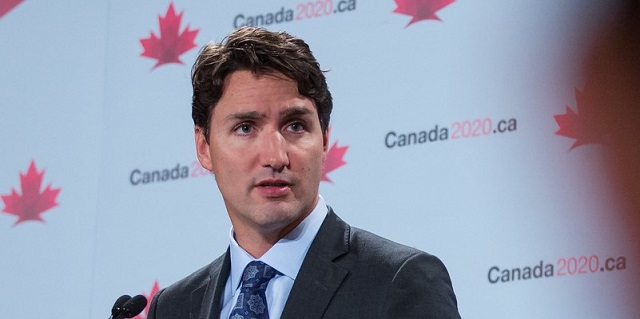
From the Fraser Institute
By Jake Fuss and Alex Whalen
According to a 2021 study published by the Fraser Institute, 38.4 per cent of those who paid capital gains taxes in Canada earned less than $100,000 per year, and 18.3 per cent earned less than $50,000. Yet in his video, Prime Minister Trudeau claims that his capital gains tax hike will affect only the richest “0.13 per cent of Canadians”
This week, Prime Minister Trudeau released a video about his government’s decision to increase capital gains taxes. Unfortunately, he made several misleading claims while failing to acknowledge the harmful effects this tax increase will have on a broad swath of Canadians.
Right now, individuals and businesses who sell capital assets pay taxes on 50 per cent of the gain (based on their full marginal rate). Beginning on June 25, however, the Trudeau government will increase that share to 66.7 per cent for capital gains above $250,000. People with gains above that amount will again pay their full marginal rate, but now on two-thirds of the gain.
In the video, which you can view online, the prime minister claims that this tax increase will affect only the “very richest” people in Canada and will generate significant new revenue—$20 billion, according to him—to pay for social programs. But economic research and data on capital gains taxes reveal a different picture.
For starters, it simply isn’t true that capital gains taxes only affect the wealthy. Many Canadians who incur capital gains taxes, such as small business owners, may only do so once in their lifetimes.
For example, a plumber who makes $90,000 annually may choose to sell his business for $500,000 at retirement. In that year, the plumber’s income is exaggerated because it includes the capital gain rather than only his normal income. In fact, according to a 2021 study published by the Fraser Institute, 38.4 per cent of those who paid capital gains taxes in Canada earned less than $100,000 per year, and 18.3 per cent earned less than $50,000. Yet in his video, Prime Minister Trudeau claims that his capital gains tax hike will affect only the richest “0.13 per cent of Canadians” with an “average income of $1.4 million a year.”
But this is a misleading statement. Why? Because it creates a distorted view of who will pay these capital gains taxes. Many Canadians with modest annual incomes own businesses, second homes or stocks and could end up paying these higher taxes following a onetime sale where the appreciation of their asset equals at least $250,000.
Moreover, economic research finds that capital taxes remain among the most economically damaging forms of taxation precisely because they reduce the incentive to innovate and invest. By increasing them the government will deter investment in Canada and chase away capital at a time when we badly need it. Business investment, which is crucial to boost living standards and incomes for Canadians, is collapsing in Canada. This tax hike will make a bad economic situation worse.
Finally, as noted, in the video the prime minister claims that this tax increase will generate “almost $20 billion in new revenue.” But investors do not incur capital gains taxes until they sell an asset and realize a gain. A higher capital gains tax rate gives them an incentive to hold onto their investments, perhaps until the rate is reduced after a change in government. According to economists, this “lock-in” effect can stifle economic activity. The Trudeau government likely bases its “$20 billion” number on an assumption that investors will sell their assets sooner rather than later—perhaps before June 25, to take advantage of the old inclusion rate before it disappears (although because the government has not revealed exactly how the new rate will apply that seems less likely). Of course, if revenue from the tax hike does turn out to be less than anticipated, the government will incur larger budget deficits than planned and plunge us further into debt.
Contrary to Prime Minister Trudeau’s claims, raising capital gains taxes will not improve fairness. It’s bad for investment, the economy and the living standards of Canadians.
Authors:
Business
Ottawa should end war on plastics for sake of the environment
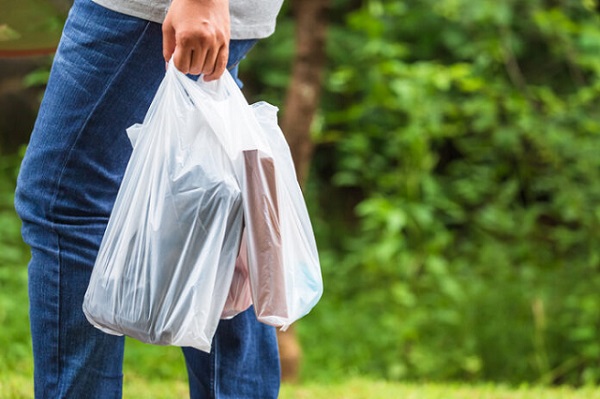
From the Fraser Institute
Here’s the shocker: Meng shows that for 15 out of the 16 uses, plastic products incur fewer GHG emissions than their alternatives…
For example, when you swap plastic grocery bags for paper, you get 80 per cent higher GHG emissions. Substituting plastic furniture for wood—50 per cent higher GHG emissions. Substitute plastic-based carpeting with wool—80 per cent higher GHG emissions.
It’s been known for years that efforts to ban plastic products—and encourage people to use alternatives such as paper, metal or glass—can backfire. By banning plastic waste and plastic products, governments lead consumers to switch to substitutes, but those substitutes, mainly bulkier and heavier paper-based products, mean more waste to manage.
Now a new study by Fanran Meng of the University of Sheffield drives the point home—plastic substitutes are not inherently better for the environment. Meng uses comprehensive life-cycle analysis to understand how plastic substitutes increase or decrease greenhouse gas (GHG) emissions by assessing the GHG emissions of 16 uses of plastics in five major plastic-using sectors: packaging, building and construction, automotive, textiles and consumer durables. These plastics, according to Meng, account for about 90 per cent of global plastic volume.
Here’s the shocker: Meng shows that for 15 out of the 16 uses, plastic products incur fewer GHG emissions than their alternatives. Read that again. When considering 90 per cent of global plastic use, alternatives to plastic lead to greater GHG emissions than the plastic products they displace. For example, when you swap plastic grocery bags for paper, you get 80 per cent higher GHG emissions. Substituting plastic furniture for wood—50 per cent higher GHG emissions. Substitute plastic-based carpeting with wool—80 per cent higher GHG emissions.
A few substitutions were GHG neutral, such as swapping plastic drinking cups and milk containers with paper alternatives. But overall, in the 13 uses where a plastic product has lower emissions than its non-plastic alternatives, the GHG emission impact is between 10 per cent and 90 per cent lower than the next-best alternatives.
Meng concludes that “Across most applications, simply switching from plastics to currently available non-plastic alternatives is not a viable solution for reducing GHG emissions. Therefore, care should be taken when formulating policies or interventions to reduce plastic demand that they result in the removal of the plastics from use rather than a switch to an alternative material” adding that “applying material substitution strategies to plastics never really makes sense.” Instead, Meng suggests that policies encouraging re-use of plastic products would more effectively reduce GHG emissions associated with plastics, which, globally, are responsible for 4.5 per cent of global emissions.
The Meng study should drive the last nail into the coffin of the war on plastics. This study shows that encouraging substitutes for plastic—a key element of the Trudeau government’s climate plan—will lead to higher GHG emissions than sticking with plastics, making it more difficult to achieve the government’s goal of making Canada a “net-zero” emitter of GHG by 2050.
Clearly, the Trudeau government should end its misguided campaign against plastic products, “single use” or otherwise. According to the evidence, plastic bans and substitution policies not only deprive Canadians of products they value (and in many cases, products that protect human health), they are bad for the environment and bad for the climate. The government should encourage Canadians to reuse their plastic products rather than replace them.
Author:
-
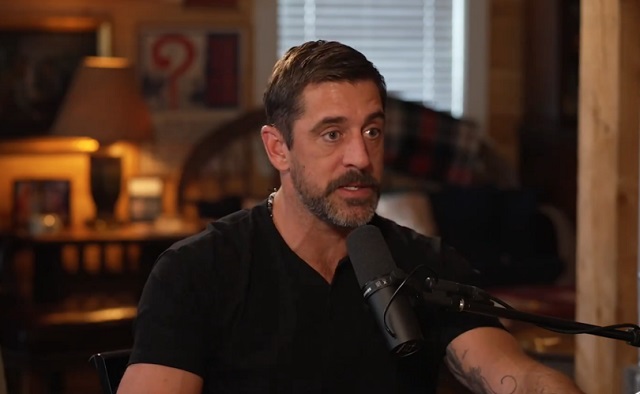
 COVID-192 days ago
COVID-192 days agoTucker Carlson and NFL star Aaron Rodgers discuss Bill Gates, COVID-19, US Deep State
-
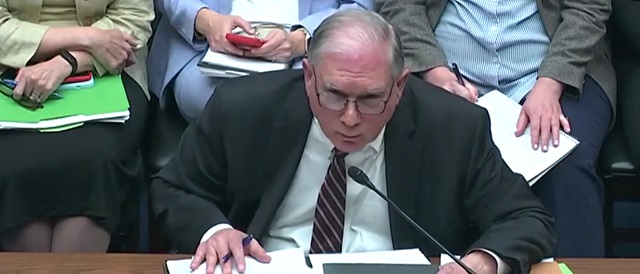
 COVID-191 day ago
COVID-191 day agoTop Fauci Aide Allegedly Learned To Make ‘Smoking Gun’ Emails ‘Disappear,’ Testimony Reveals
-
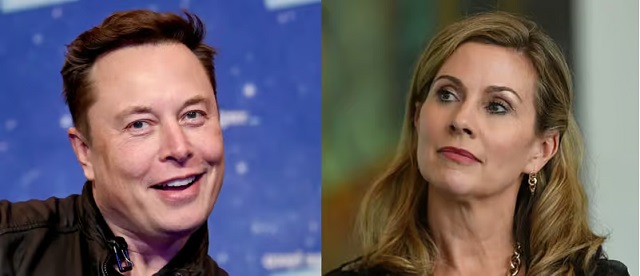
 Brownstone Institute17 hours ago
Brownstone Institute17 hours agoMusk Wins Latest Censorship Battle in Australia
-

 Opinion5 hours ago
Opinion5 hours agoUK set to ban sex ed for young children amid parental backlash against LGBT indoctrination
-

 Censorship Industrial Complex6 hours ago
Censorship Industrial Complex6 hours agoAustralia passes digital ID bill, raising fears of government surveillance without accountability
-

 Economy2 days ago
Economy2 days agoPrime minister’s misleading capital gains video misses the point
-

 COVID-191 day ago
COVID-191 day agoThe Vials and the Damage Done: Canada’s National Microbiology Laboratory Scandal, Part II
-

 Brownstone Institute18 hours ago
Brownstone Institute18 hours agoEnough With These Dangerous Calculations










